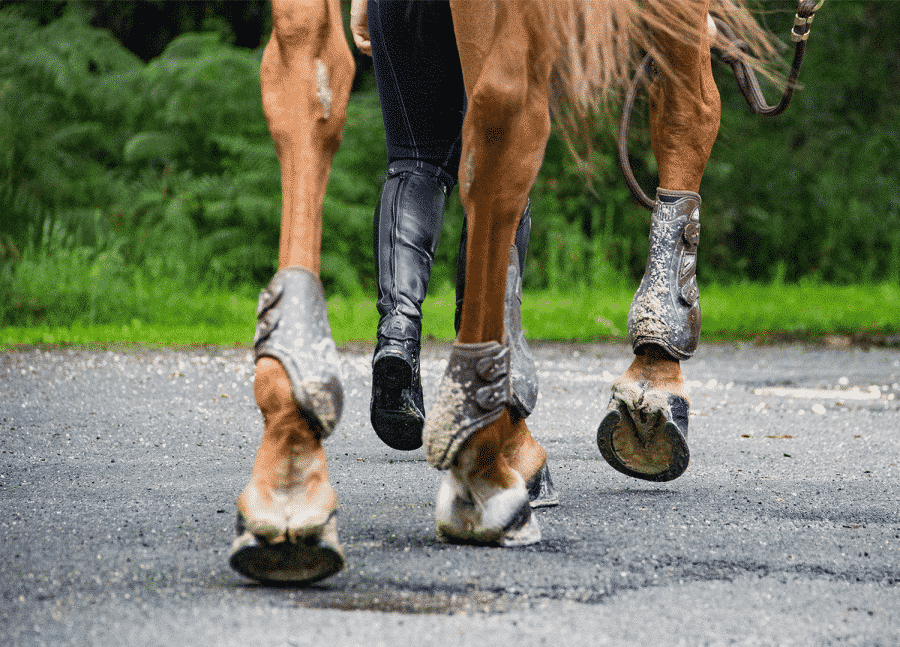Laminitis: What is It and How is It Treated?
Always seek the advice of a qualified veterinarian prior to treatment. Laminitis is a disease that affects both horses and cattle – although the latter…

Laminitis is a disease that affects both horses and cattle – although the latter to a lesser extent. Diagnosis of laminitis is often focused around the hoof – specifically damage to the laminae of the hooves, as well as severe lameness – particularly in the front hooves.
Causes of laminitis
Laminitis typically develops as a result of the animal gorging on grain or rapidly growing grass, or from a bacterial infection (metritis). Less frequently laminitis can occur owing to trauma, such as pawing or transportation over excessive distances without rest. Small ponies are the most susceptible to laminitis.
Effect of laminitis on horses
Owing to a disruption to the supply of blood to the animal’s feet, cells within the foot begin to break down. As a result, inflammation (laminitis) develops, causing swelling. Swelling within the hoof wall, as well as the release of chemical mediators, induce pain in the foot.
In extreme circumstances, laminitis can result in the pedal bone rotating and penetrating through the horse’s sole – a chronic case requiring cooperation between farrier and veterinarian.
How is laminitis treated?
In Great Britain almost all laminitis is caused owing to overconsumption of lush grass, therefore, the first step taken to treat laminitis is to remove the damaging food source. Typically, this is achieved by confining the pony to a box or small paddock in combination with a muzzle.
Hayes, M.H (1995) suggests that in terms of foodstuffs, the pony should be restricted to limited hay and (unlimited) water only. Furthermore, constant access to hay is deemed unnecessary – “half a slice in the morning and a slice in the evening is plenty”.
Pain is commonly addressed using drugs such as bute or flunixin meglumine.
Exercising a laminitic horse
Hayes, M.H (1995) describes how limited exercise can be beneficial, however, highlights that over-exercising can cause rotation of the pedal bone, which in turn can pass through the sole, causing long-lasting damage.
How long does it take to treat a pony with laminitis?
The effects of rapid treatment often show in the first 24 to 36 hours, however, treatment typically extends far outside of this window to reduce the chances of reoccurring symptoms.
It is a commonly held view that ponies who have experienced laminitis before are more susceptible to repeating instances than those that have not.
One Reply to “Laminitis: What is It and How is It Treated?”